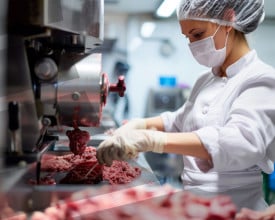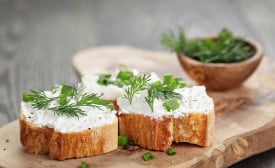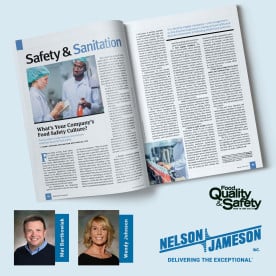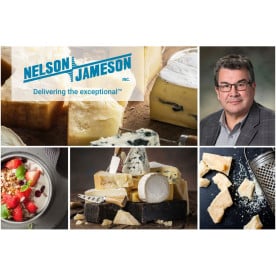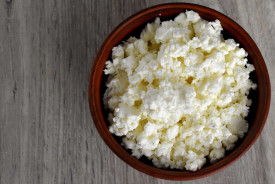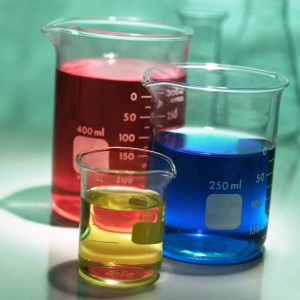 Recently, a customer asked if all our Pyrex® lab glassware was made of borosilicate glass. The reason for his concern was he had read an article in Popular Science that some Pyrex® glassware upon heating liquids too rapidly, can shatter and break.
Recently, a customer asked if all our Pyrex® lab glassware was made of borosilicate glass. The reason for his concern was he had read an article in Popular Science that some Pyrex® glassware upon heating liquids too rapidly, can shatter and break.
I am sure you have heard it may not be safe to boil water in the microwave due to this reason. The glass on the inside expands when it gets hot, putting stress on the cold glass on the outside (or vice versa). When the stress becomes too great – it cracks.
Pyrex®, which originally was always made of borosilicate glass, by Corning, solved the problem by adding boron to the silica (quartz), the main ingredient in all glass. Boron changes the atomic structure of glass so it stays roughly the same size regardless of its temperature. Little thermal expansion means little stress. Thus borosilicate glass withstands heat.
The majority of our lab glassware we offer at Nelson-Jameson is supplied by Corning (Pyrex®) or Kimble (Kimax®); therefore both Pyrex® and Kimax® are made of heat resistant, borosilicate glass. You can rest assured that if you see Pyrex® or Kimax® on beakers, flasks, funnels, graduated cylinders, culture and centrifuge tubes they are heat resistant and safe. Anytime you see borosilicate glass on any other of our glass products, they, too, are safe for high heat applications.

